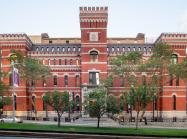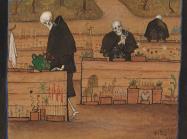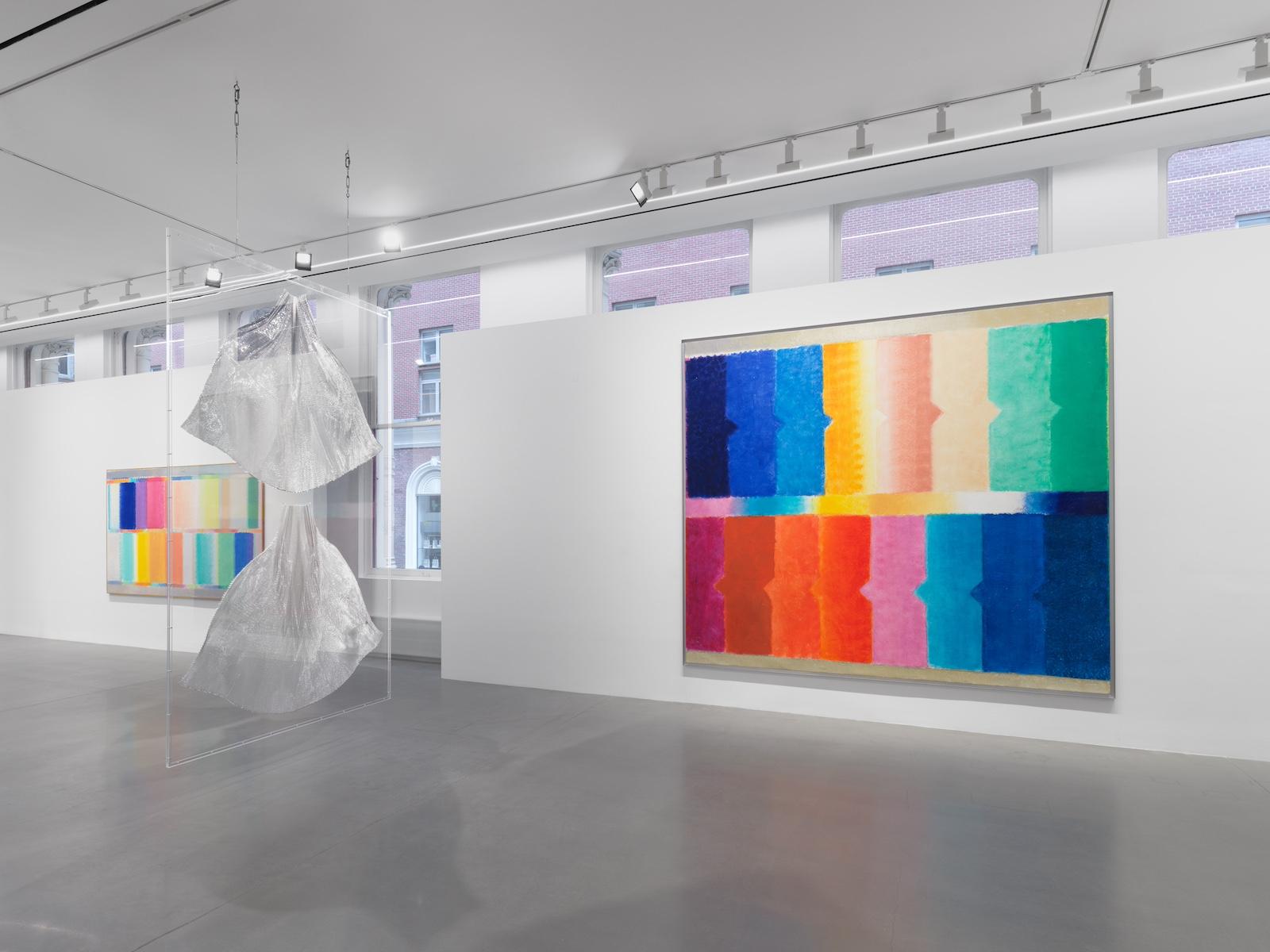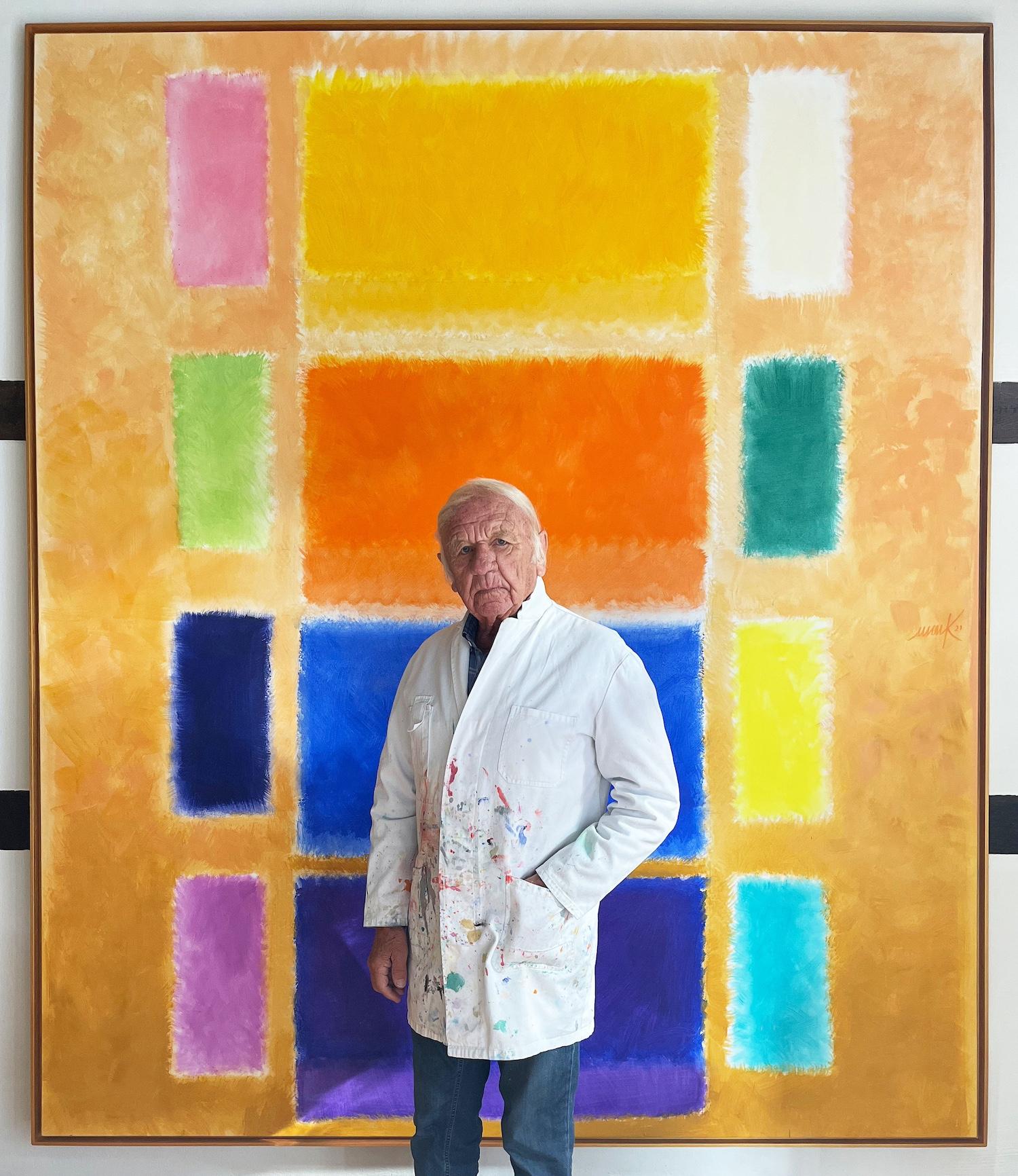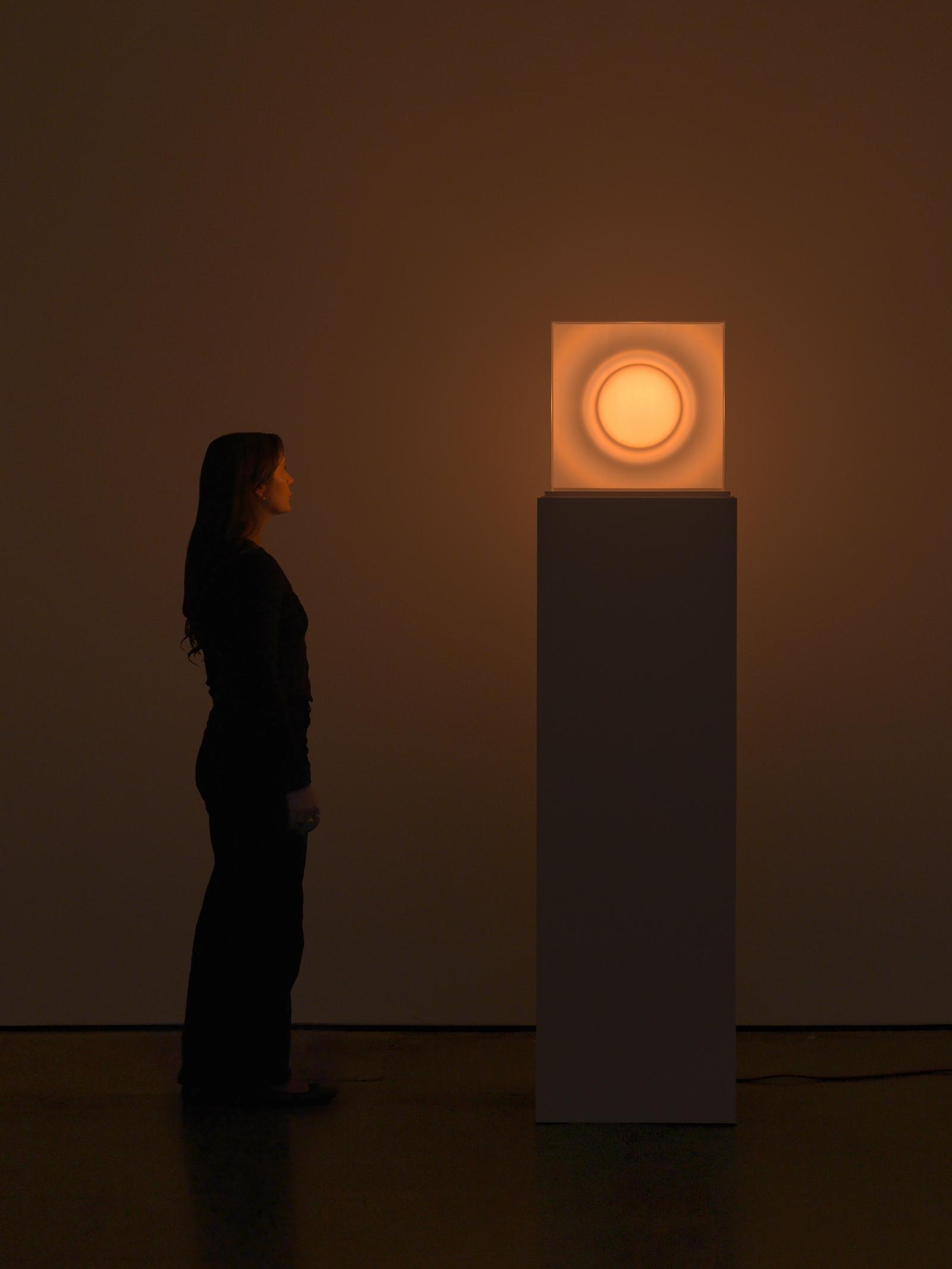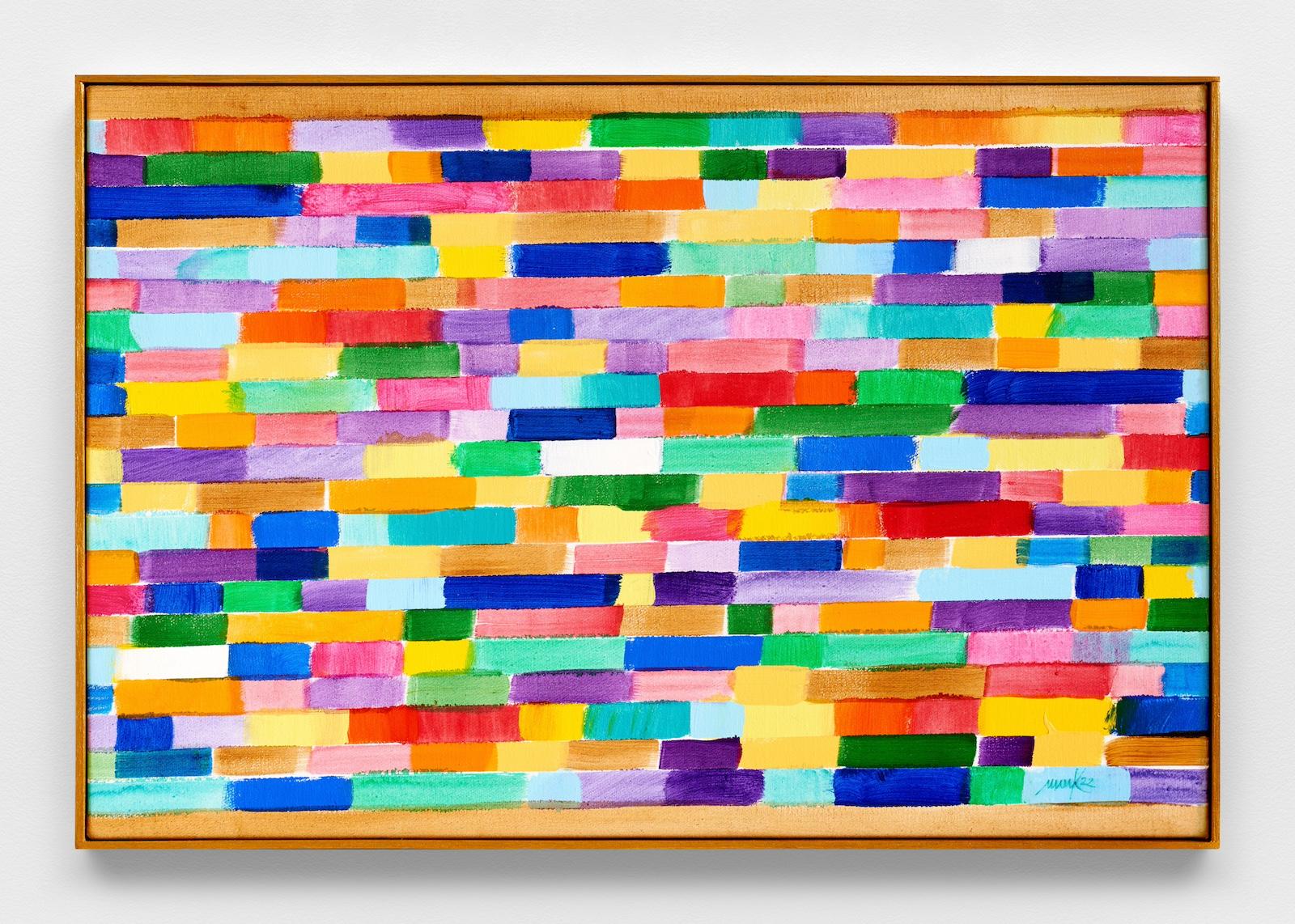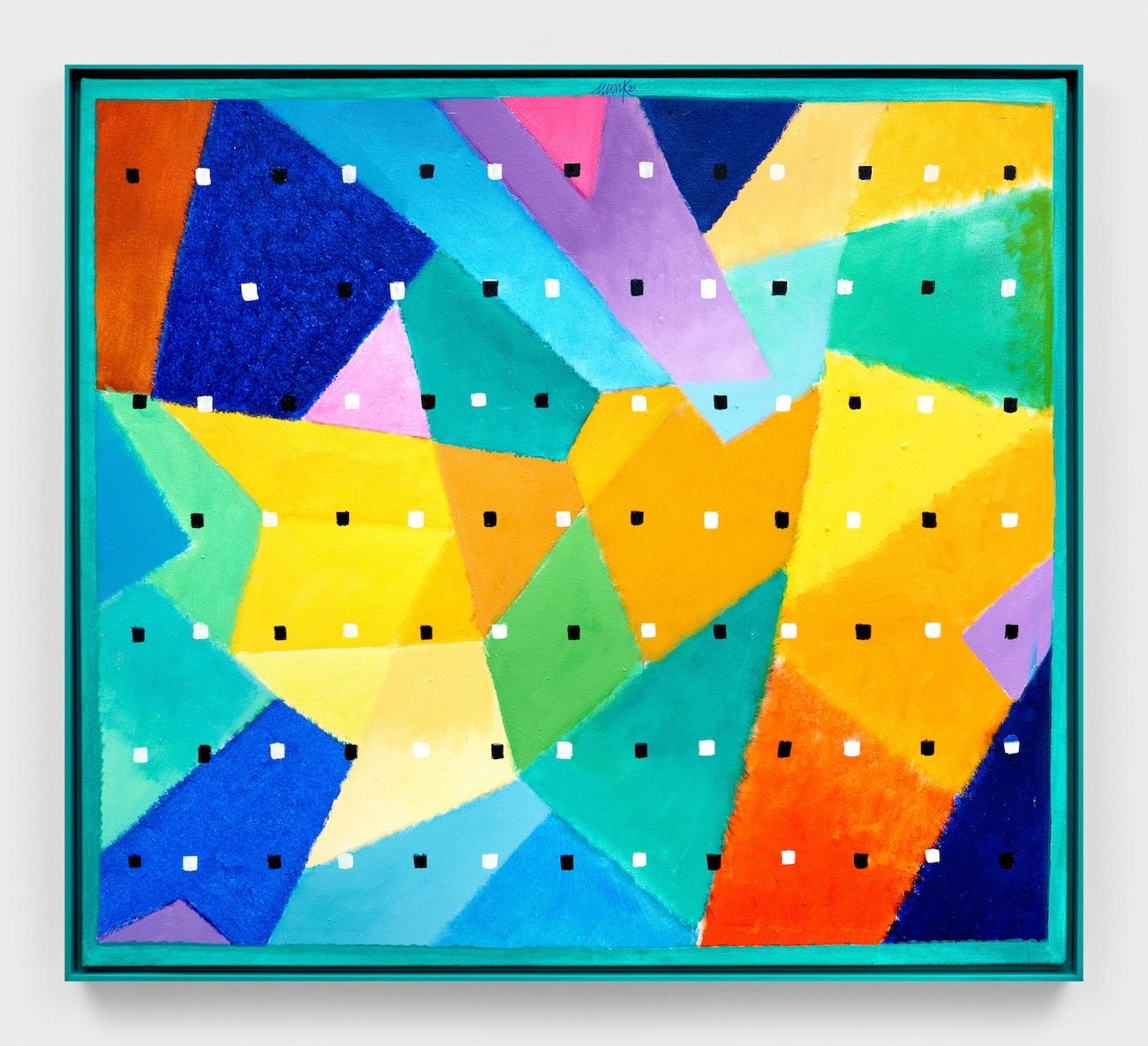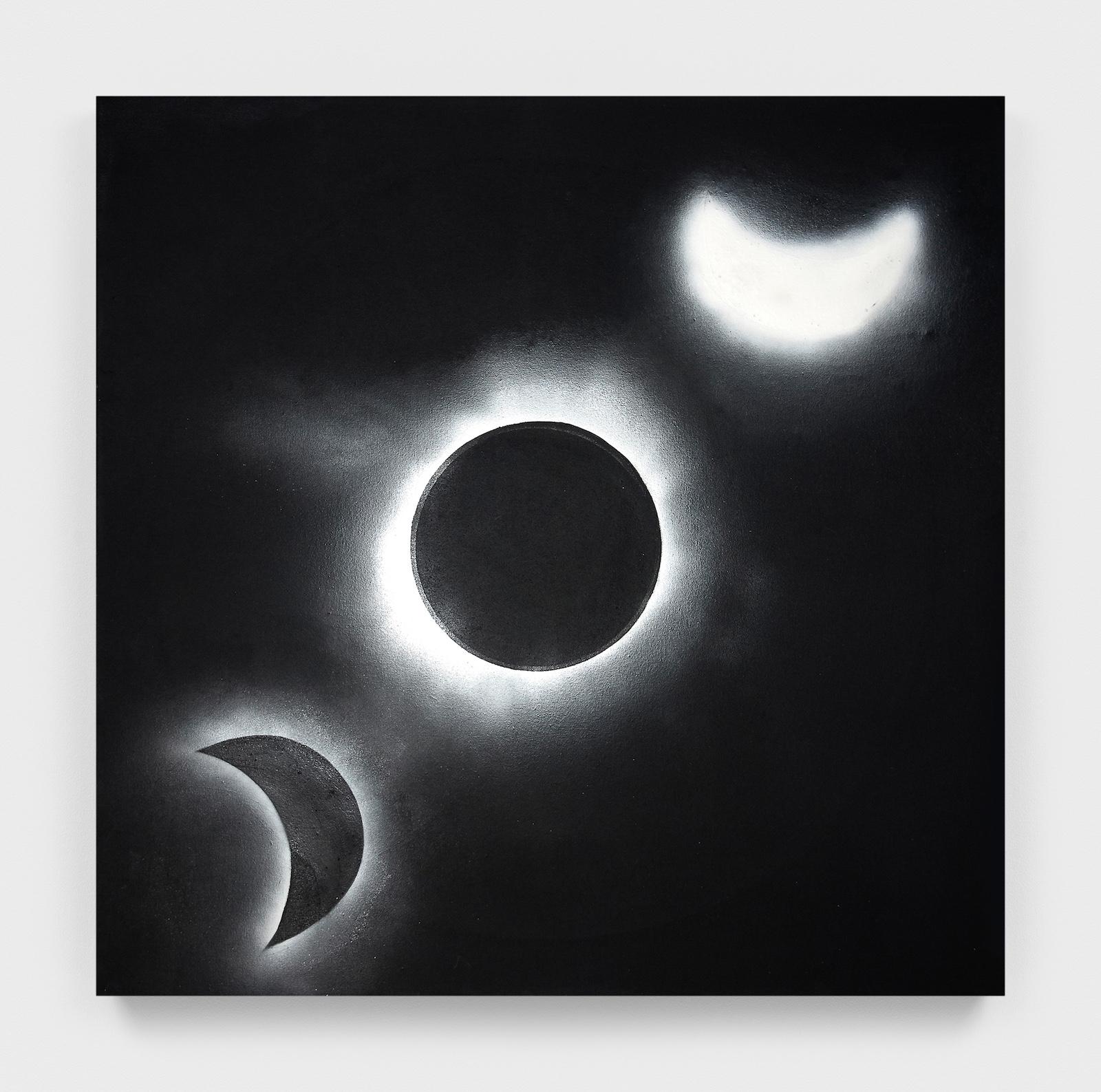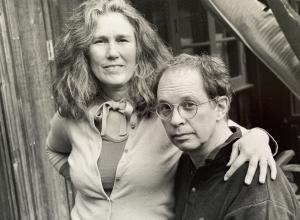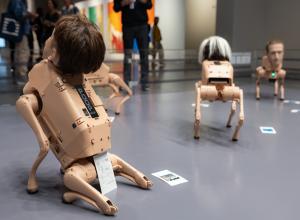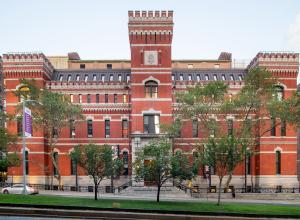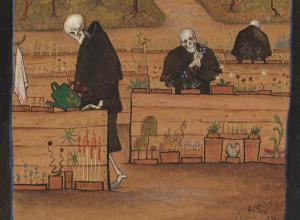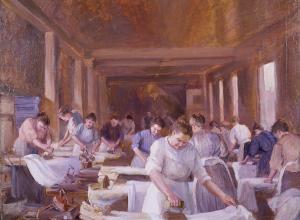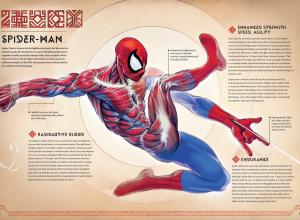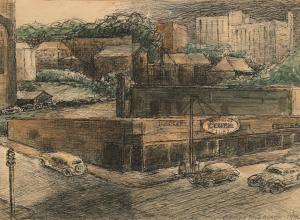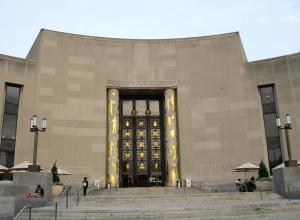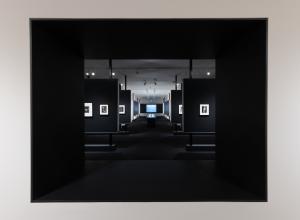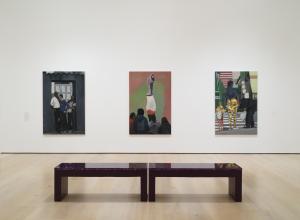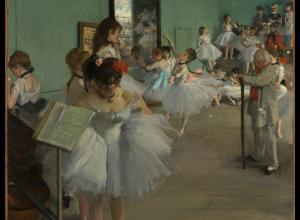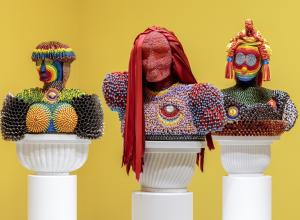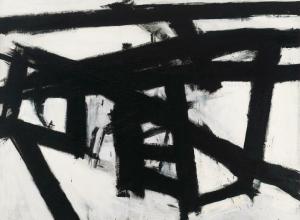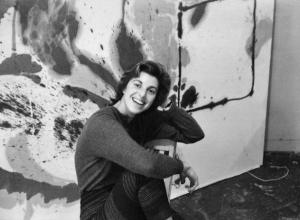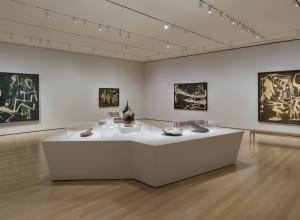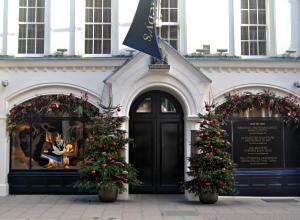Megan D Robinson: What was behind founding the ZERO movement?
Heinz Mack: In the mid-1950s, after my studies at the Düsseldorf Art Academy and the University of Cologne, I had an existential crisis, combined with the realization that everything I had learned and achieved so far was not actually new. My doubts turned into despair; how could I forget everything I had learned before in order to discover the unknown? Thus began the adventure of starting from scratch and not looking backwards.
When Otto Piene and I founded the ZERO movement in 1957, our studios were a kind of poorhouse; in the backyard, surrounded by ruins, we were confined to a cultural graveyard, a vacuum of information that is unimaginable today. In these studios, working day and night, we not only dreamed of a better world, but also created works that, as would only later become apparent, could be placed in the context of a worldwide artistic evolution.


